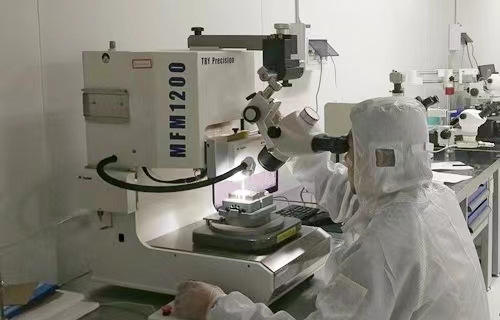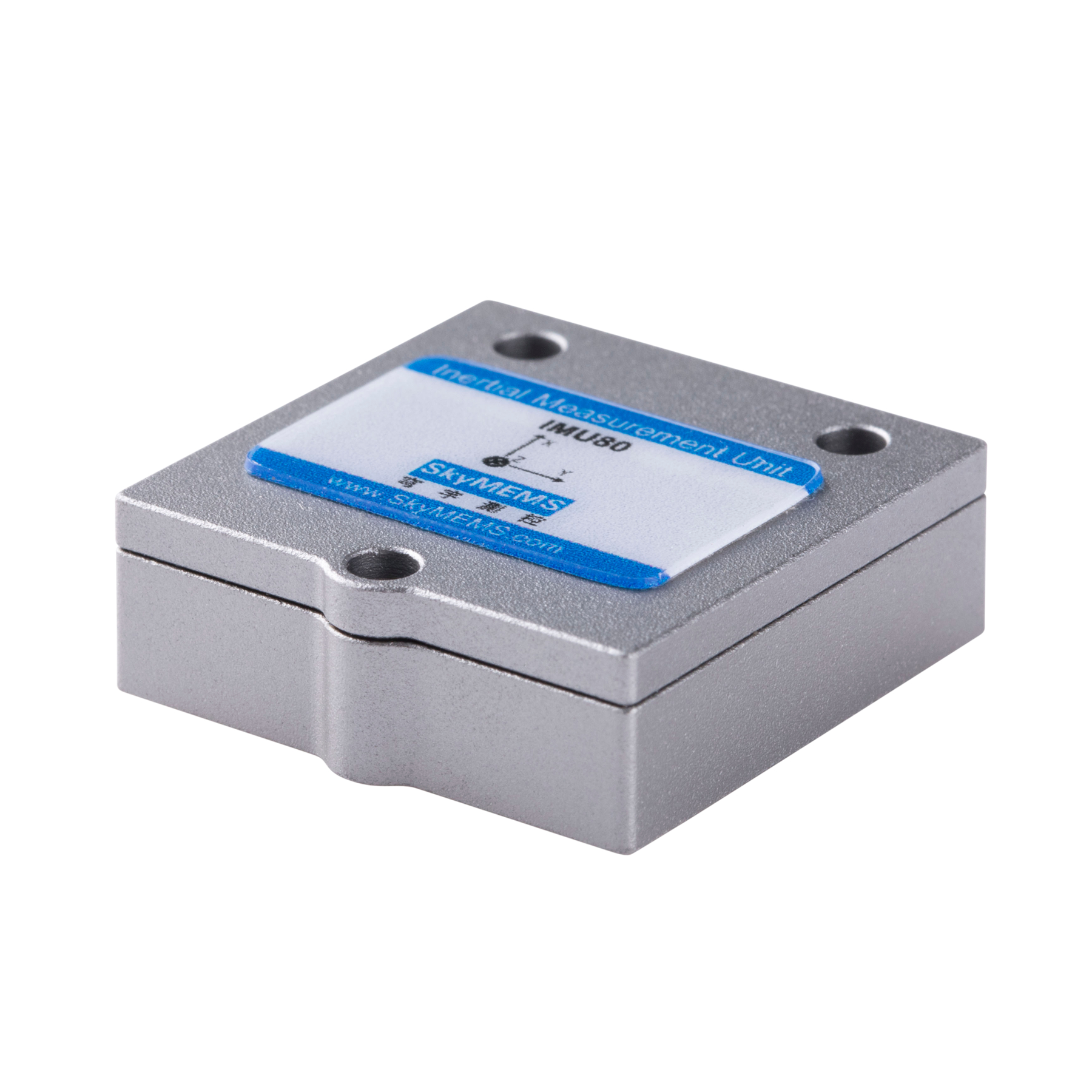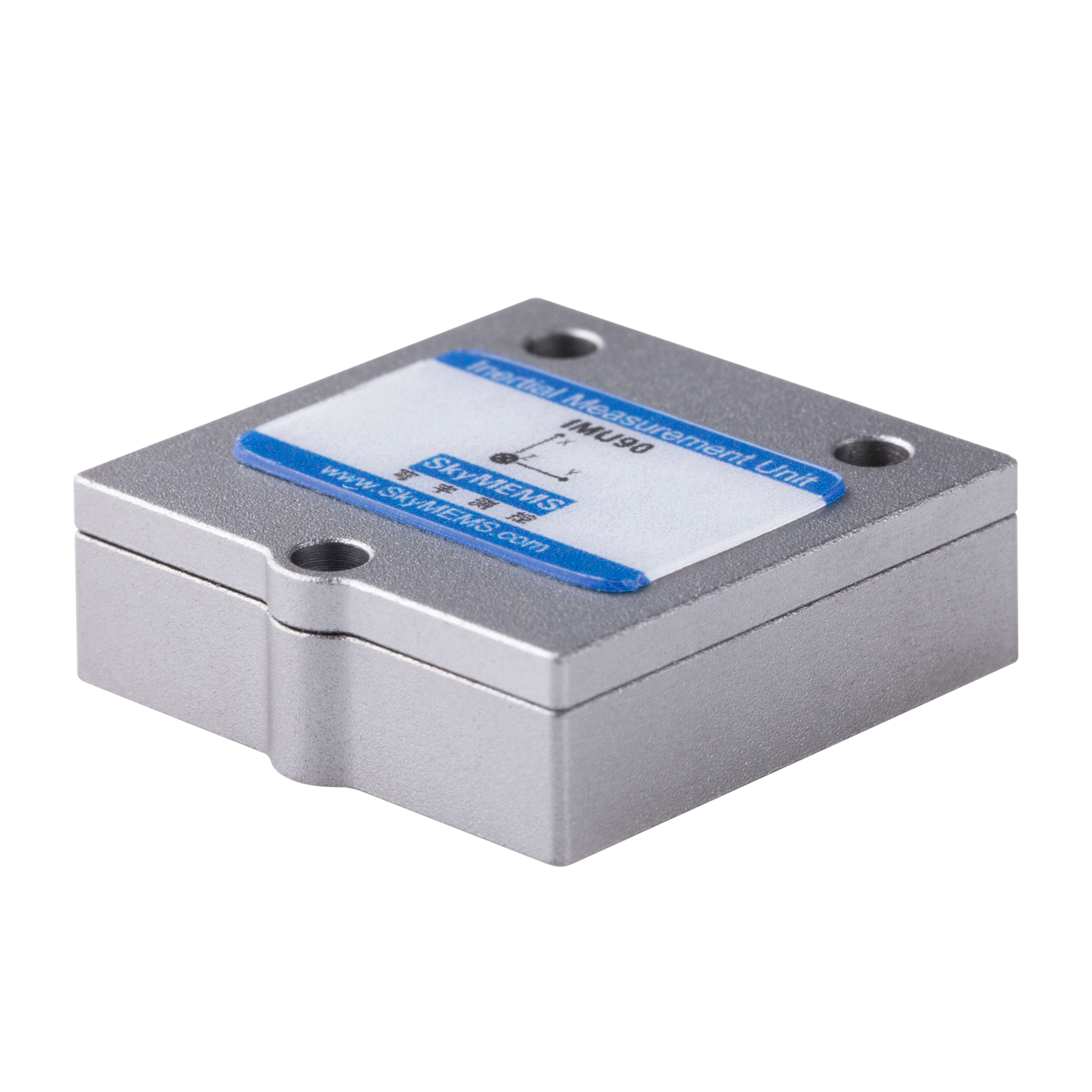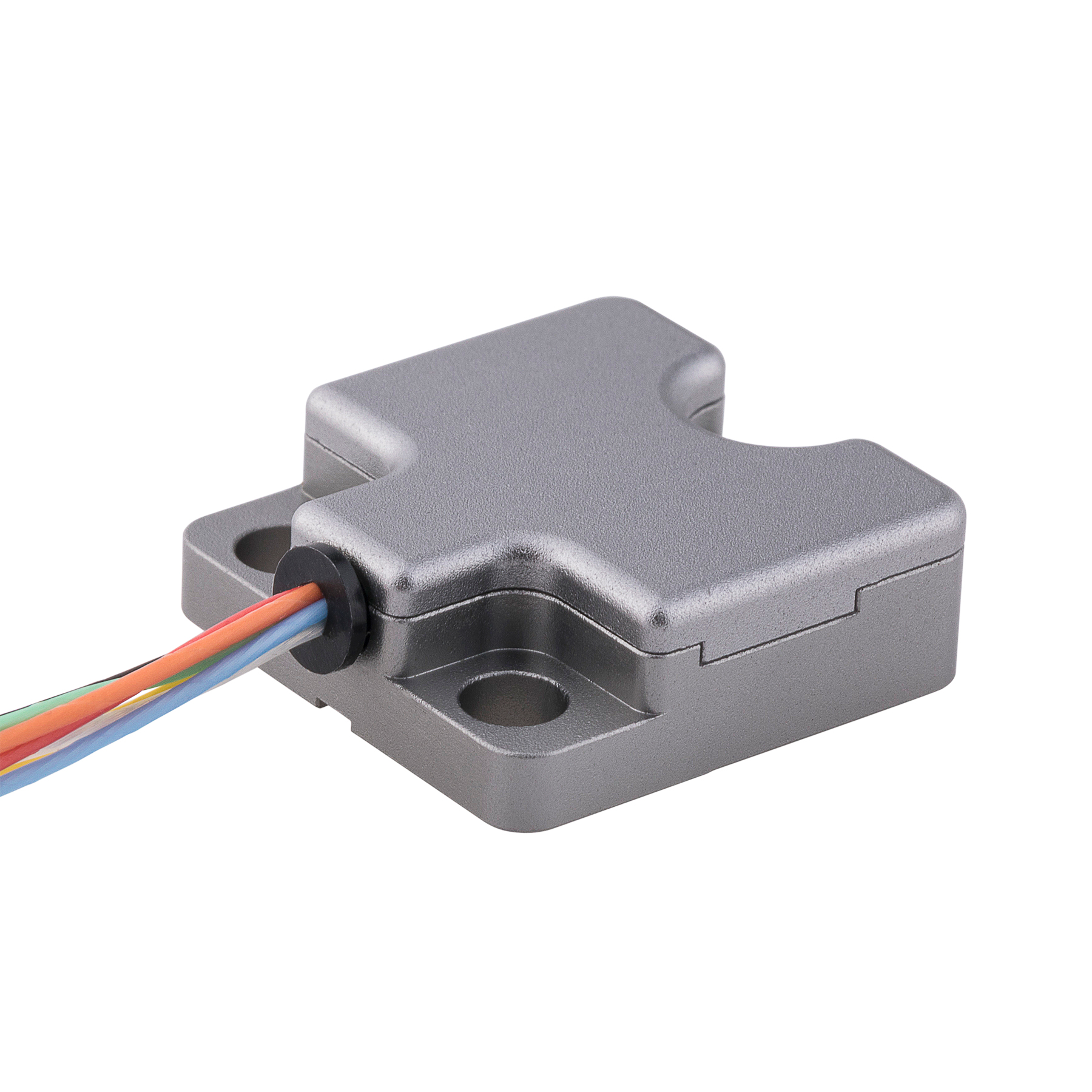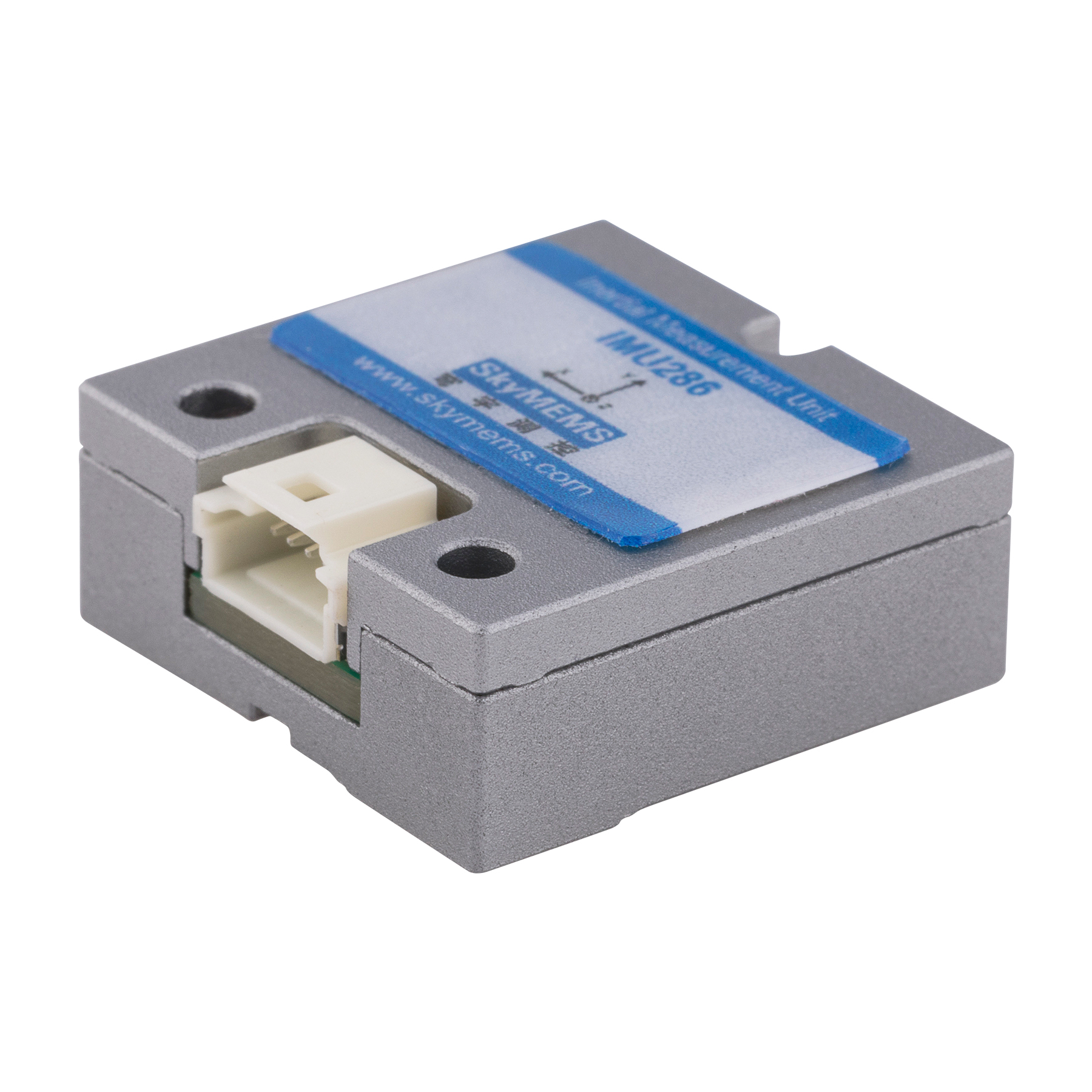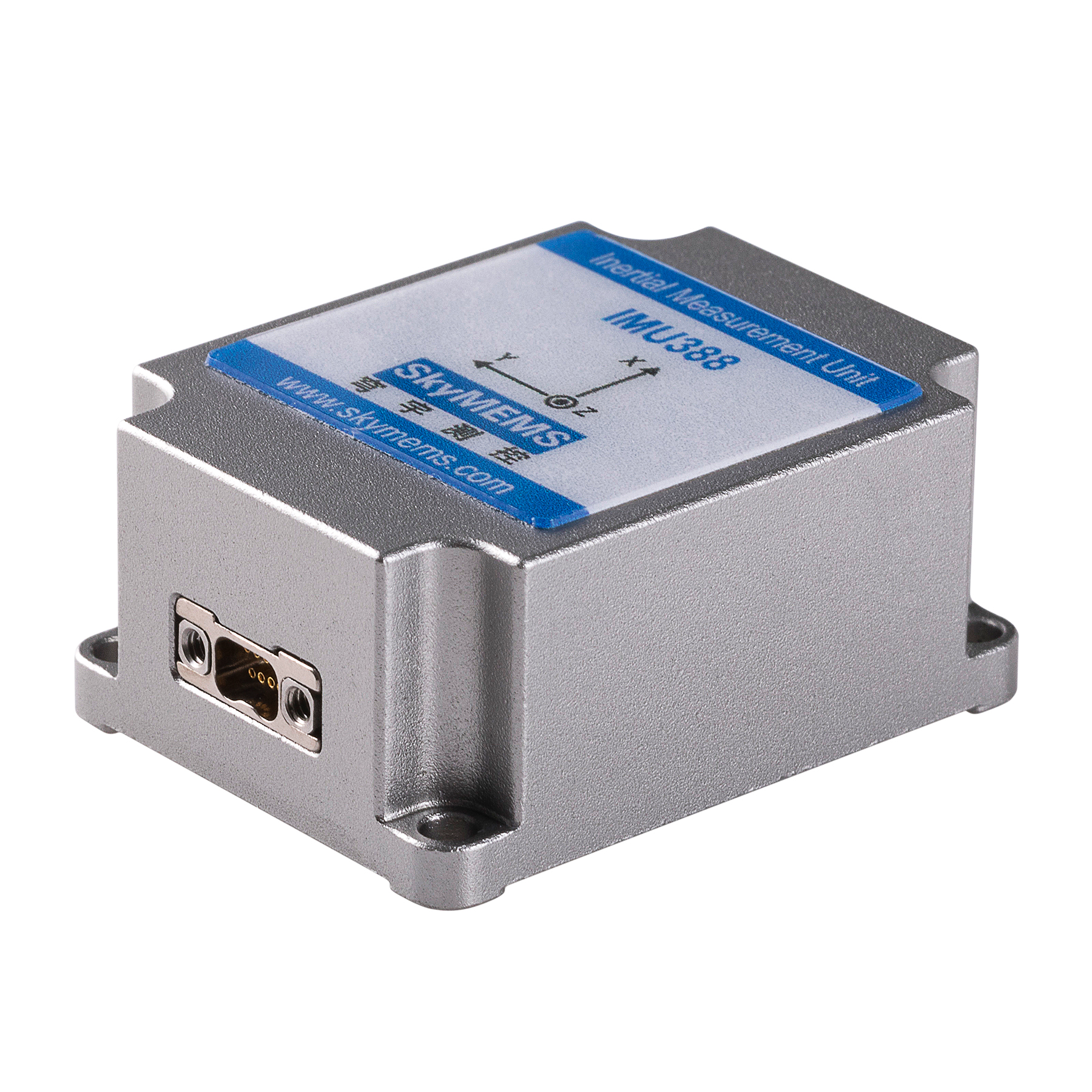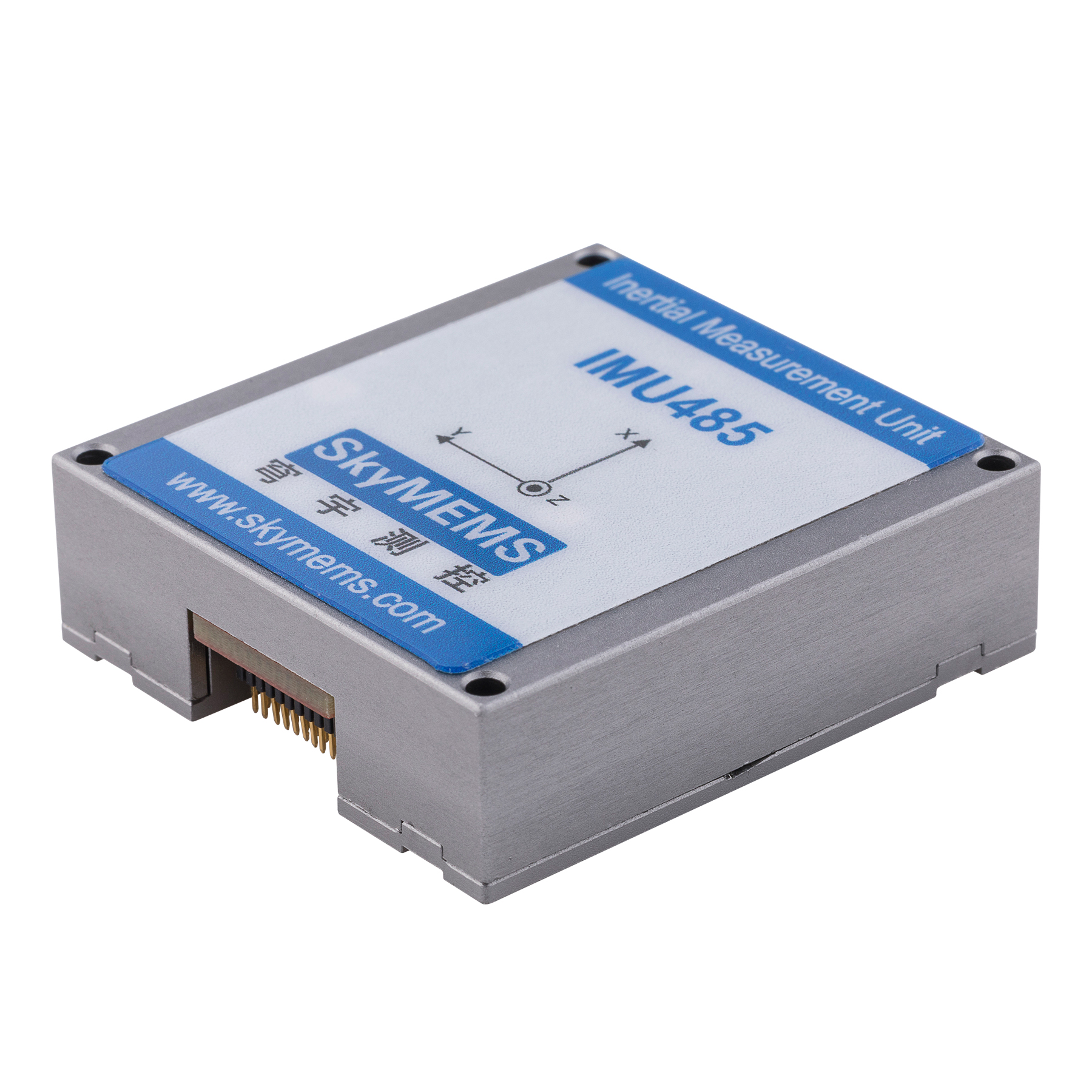Introduction
Orienting, positioning, and stabilizing advanced automation equipment demands tilt measurement accuracy that strains the limits of conventional sensor technology. High accuracy tilt sensors meet the challenge, delivering extraordinary precision across mission-critical inclination sensing applications.
Standard tilt sensors provide cost-effective 0.1-1° resolution suitable for basic inclination monitoring in benign environments. However, next-generation automation capabilities require far more discerning tilt measurements with minimal drift over time and temperature for precise positional control.
High accuracy tilt sensors leverage state-of-the-art Micro-Electro-Mechanical Systems (MEMS) and cutting-edge thermal compensation to achieve up to 0.001° resolution and 0.01° repeatability. This enables reliable sub-milliradian measurements of minute angle variations critical for nano-level positioning and stabilization needs.

By optimizing every design element from MEMS fabrication to electronics integration for maximum fidelity, high accuracy tilt sensors reach unprecedented inclination sensing performance. Their exceptional precision empowers applications impossible through conventional tilt sensing:
- Microscale alignment and leveling
- Nano-positioning motion control
- Ultra-precise pointing and stabilization
- Miniature control surface actuation
- Micro-vibration suppression
- High-resolution platform balancing
Robust Performance Across Conditions
High accuracy tilt sensors maintain outstanding precision through diverse real-world operating environments and lifetimes. Proprietary MEMS processing achieves negligible static and dynamic drift across wide temperature ranges and years of use. Intelligent on-sensor temperature sensing continuously compensates thermal influences to prevent measurement errors.
Rugged, humidity-resistant enclosures and components withstand high mechanical shock, vibration, and acceleration forces, outperforming consumer-grade MEMS. Careful selection of materials and adhesives prevents thermal stresses and instability over time. The highly optimized designs provide exceptional battlefield-to-lab reliability.
Flexible and Easy Integration
Despite their ultra-precision capabilities, high accuracy tilt sensors integrate seamlessly into mechatronic systems. Small footprints fit tightly confined platforms. Standardized digital interfaces like SPI, I2C, and UART offer plug-and-play simplicity. Customizable filtering, calibration, and sensor tuning allow performance optimization for particular applications.
Example Implementation Scenarios
Precision Alignment and Positioning:
High accuracy tilt sensors shine in nano-positioning systems by providing reliable closed-loop orientation data. They enhance precision alignment and repeatability for semiconductor manufacturing, metrology instruments, medical devices, and more. Even minute positional deviations can be rapidly detected and corrected.
Stabilized Optics and Imaging:
High-performance image stabilization, target tracking, photography, and optics leverage the exceptional resolution to actively compensate platform disturbances in real-time. Vibrations, jitter, and erratic motions are counteracted for distortion-free output.
Navigation and Guidance:
Autonomous vehicles, robotics, and drones fuse high-fidelity tilt data into inertial measurement and GPS systems to augment navigation and control accuracy. Tiny orientation errors detrimental to positioning can be recognized and accounted for.
Dynamic Stabilization:
Challenging stabilization environments like offshore decks, aerial lifts, and construction machinery benefit from superb tilt reference data. Active motion damping and self-leveling capabilities are bolstered to enable operation in precarious conditions.
Unleash Next-Level Automation Performance
From microscopic alignments inside advanced scientific instruments to maintaining astronomical telescopes with sub-arcsecond stability, high accuracy tilt sensors empower unprecedented orientation control. Their remarkable precision, integratability, and ruggedness make them the ultimate inclinometers for automation and mechatronics at the leading edge of motion control.
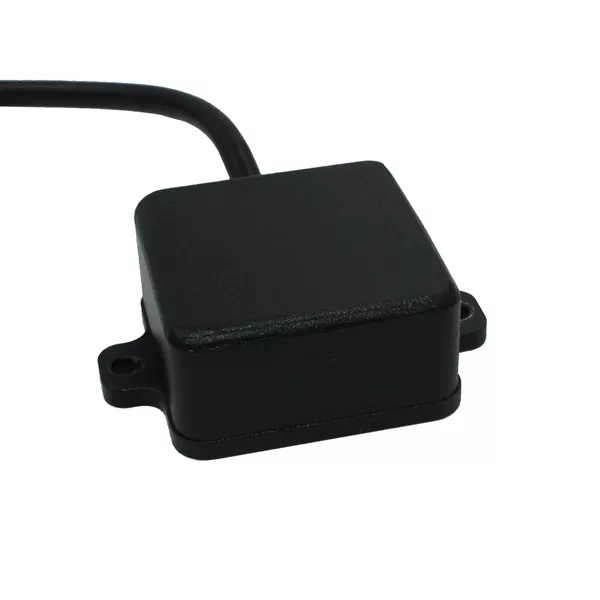
Function
High accuracy tilt sensors establish a new performance tier for inclination sensing across automation and mechatronics. How do these remarkable devices enable groundbreaking capabilities?
Unmatched Orientation Precision
By optimizing MEMS accelerometer fabrication and electronics integration, high accuracy tilt sensors achieve up to 0.001° resolution and 0.01° repeatability. This nano-scale precision empowers:
- Microalignment – Multi-axis machinery, instruments, and assembly systems gain new levels of positional precision through closed-loop tilt feedback. Microscopic orientation errors can be detected and actively corrected.
- Nanopositioning – With reliable sub-milliradian data, linear and rotational motion control reaches new pinnacles in studios like semiconductor lithography and imaging. Complex multi-axis movements are executed flawlessly.
- Target Tracking – Radar, optics, and antennas stabilize on targets with unparalleled precision by employing high-fidelity tilt reference data for disturbance rejection. Jitter, sway, and vibration are negated to sustain optimal line-of-sight positioning.
Rugged Reliability
High accuracy tilt sensors achieve outstanding performance despite harsh environments and lifetimes:
- Proprietary MEMS fabrication minimizes thermal drift across extreme temperatures and years of operation. One-of-a-kind processes yield extraordinary long-term bias stability.
- Rugged enclosures, adhesion, and potting withstand sustained shock, vibration, and acceleration in industrial settings. Defense-grade ratings surpass commercial MEMS durability.
- Intelligent temperature sensing and compensation ensures thermal influences are continuously accounted for. Readings remain ultra-precise through temperature swings.
- Careful material selection avoids instability from thermal stresses. Multi-stage thermal simulation confirms robust real-world performance.
- Stringent quality control techniques validate measurement fidelity. Sensors never leave our factory until thoroughly vetted.
Quick and Simple Integration
- Small footprints occupy minimal space in confined control systems and platforms. Custom miniature housings available.
- Digital interfaces like SPI, I2C, and UART offer plug-and-play simplicity. Analog outputs are also available. No external processing needed.
- Customizable filtering, calibration, and output settings optimize sensor behavior for specific applications through software.
- Reference designs, sample code, and comprehensive documentation accelerate development. Experience our world-class technical support.
Real World Applications
Precision Alignment and Leveling
- Multi-axis alignment systems gain tremendous precision with closed-loop tilt feedback. Micro-variations are detected for active correction.
- Instruments like electron microscopes, medical scanners, and metrology equipment benefit from nano-level tilt compensation. Accuracy improves dramatically.
- Construction and manufacturing machinery level with extraordinary precision. Complex assemblies come together perfectly.
Stabilized Optics and Imaging
- Telescopes, sights, cameras, and optics sustain optimal positioning by employing high accuracy tilt data for vibration compensation. Jitter and sway are negated in real time.
- Aerial photography, cinematography, and videography equipment achieves cinema-level stabilization for distortion-free footage, even when buffeted by winds and vibration.
Enhanced Vehicle Navigation
- Autonomous vehicles, from warehouse robots to off-road trucks, fused tilt data into inertial and GNSS systems substantially improves odometry and positioning. The added orientation completeness and precision raise navigation fidelity.
Unmatched Motion Control
- Precision linear and rotational motion systems like CNC machines, semiconductor manufacturing equipment, and medical robotics achieve unprecedented multi-axis accuracy with high-resolution tilt feedback enabling nano-level adjustments.

Conclusion
Microscopic MEMS accelerometers meticulously fabricated to achieve nanoscale precision. Thermal compensation algorithms that defeat temperature-induced drift with digital efficacy. Enclosures fortified to withstand sustained shock and acceleration forces. Analog-digital converters that extract every iota of meaningful signal. Online calibration routines that optimize accuracy to the nth degree.
Individually, each technology represents an engineering triumph in its own right. Yet their true power emerges through holistic fusion into high accuracy tilt sensors that redefine the realm of possible for motion control systems. By synergizing深度expertise across electrical, mechanical, and software engineering, these sensors transcend inherent limitations of existing tilt measurement approaches.
Themagnitude of breakthrough cannot be overstated. High accuracy tilt sensors propel applications like nanopositioning, stabilized imaging, precision robotics, and autonomous vehicle navigation into new frontiers of speed, dexterity, and intelligence. They transition elite laboratory curiosities into practical mechatronic building blocks. Their high-fidelity orientation data will transform automation technologies once constrained by the imprecision of conventional tilt sensing.
As costs inevitably decrease, these remarkable sensors will unleash new horizons across consumer and industrial automation systems. Mainstream adoption will stimulate further innovation to spread high-accuracy capabilities to new fields like augmented reality, manufacturing, transportation, and exploration. The enabling role of high fidelity tilt data has only begun.
Of course, realizing this immense potential requires keen understanding of the principles, abilities, and limitations governing these pinnacle instruments. Proper installation and integration techniques must be mastered to extract maximum value. But the bountiful rewards for mechatronic systems warrant due diligence and care when employing high accuracy tilt sensors.
The past foretells the future. Just as microprocessors allowed desktop computers to eclipse room-sized mainframes, high accuracy tilt sensors make the power of elite laboratory motion systems available in compact, rugged modules. By circumventing the last constraints of MEMS orientation sensing, they will transform automation in ways we cannot yet fully envision.
Ideas once considered unattainable, constructions previously existing only in theory – high accuracy tilt sensors collapses the realm of possibility. Systems integrating this technology operate at the bleeding edge today, and define mainstream capabilities tomorrow. The futuristic becomes manifest through their extraordinary precision.
You stand at the cusp of a new era in mechatronics. Will you grasp the possibilities enabled by eliminating the last vestiges of orientation uncertainty? banshan mountains await scaling by those ready to breach the barriers of hitherto insurmountable limitations. Redefine what can be accomplished through the gateway of supreme tilt sensing fidelity. Let no oscillation go uncorrected, no adjustment incomplete.
The future beckons those who dare marry imagination with instrumentation unlocked by sensors that capture our physical world’s orientation with unfailing precision. Blurring the lines between theoretical and practicable, high accuracy tilt sensors herald a new generation of automation systems once only dreamed of. Reality awaits actualization by those bold enough to unleash their potential.

